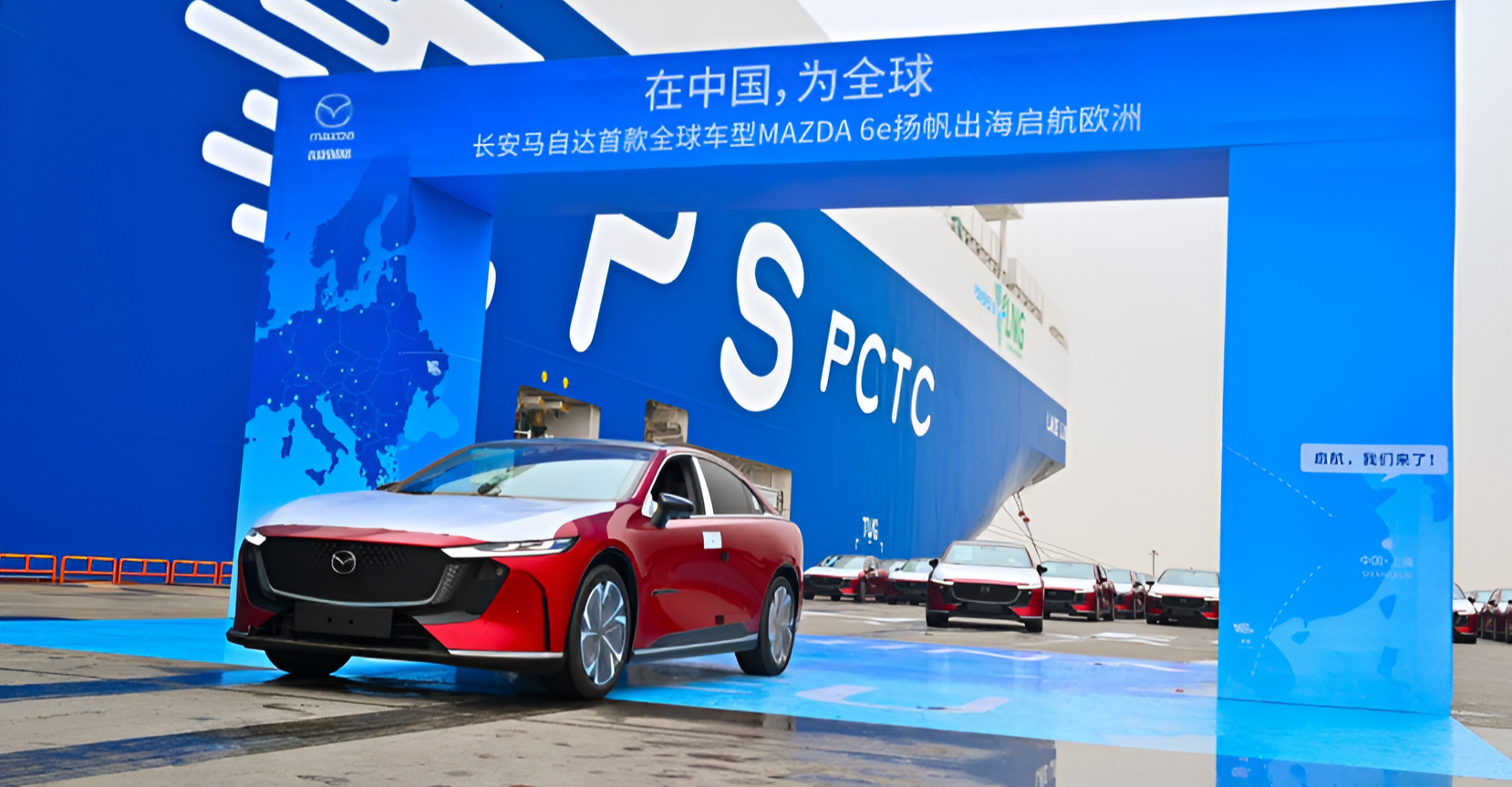Mazda President Masahiro Moro presented the EZ-60 electric SUV at the 2025 Shanghai Auto Show, his second visit to China in three weeks. The previous trip involved the launch of Changan Mazda’s 6e fully electric sedan (an international version of the Mazda EZ-6, see specs) in Nanjing. These visits reflect Mazda’s growing focus on China’s automotive market and manufacturing capabilities.
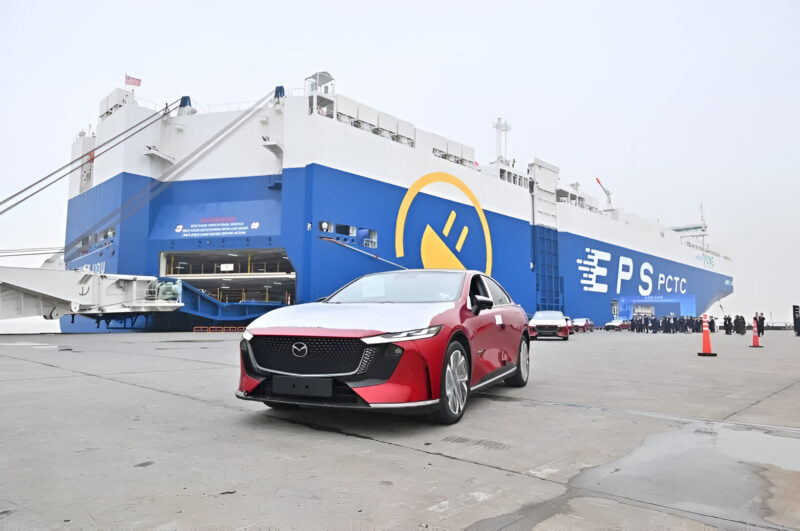
The company has outlined concrete targets, including a 10 billion yuan (1.37 billion USD) investment, 10 billion yuan in annual export value, doubled production output, and annual sales of 300,000 vehicles by 2027, with electric and hybrid models comprising 90% of that total.
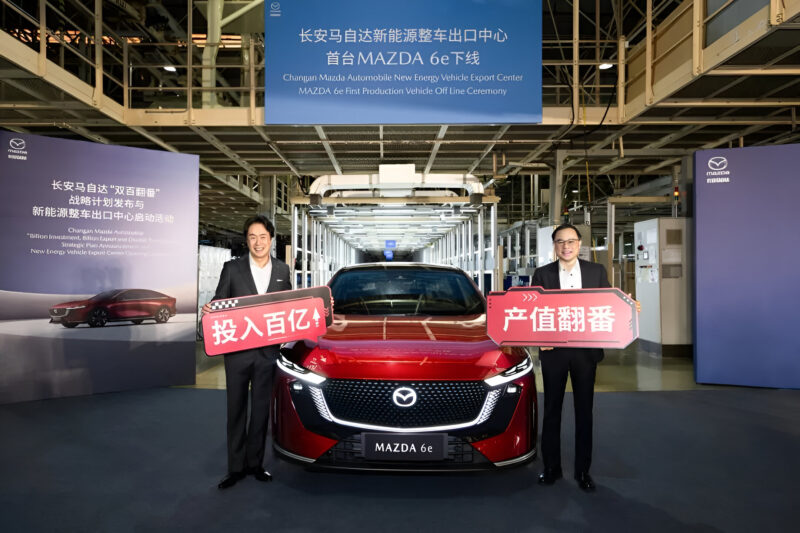
At the heart of this expansion lies a comprehensive development approach that fully utilizes China’s established electric vehicle supply chain. Mazda’s Nanjing operations serve as the central hub for this strategy, combining research, manufacturing and export capabilities into a single integrated facility. The resulting vehicles and technologies will subsequently be deployed across Mazda’s global markets.
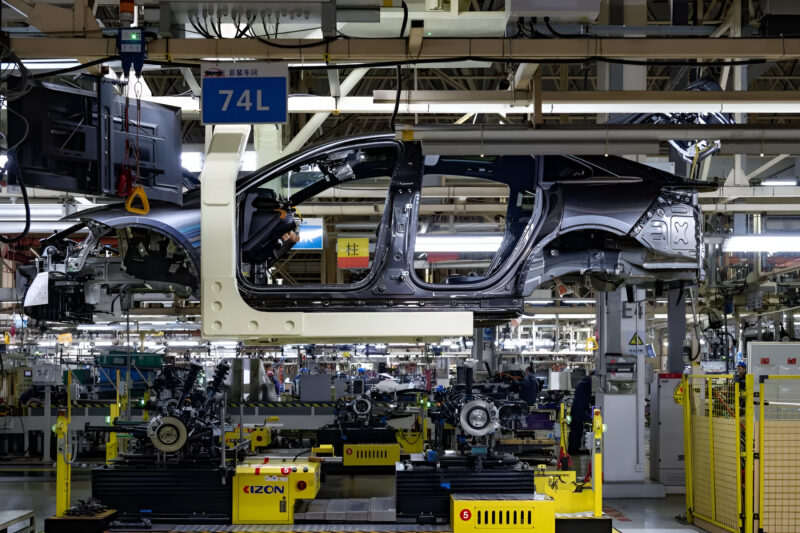
The Mazda 6e model features battery technology that has passed safety tests, including exposure to 800°c temperatures and five-meter drops. It became China’s first jointly developed electric vehicle to receive safety certifications from Chinese and European regulators.
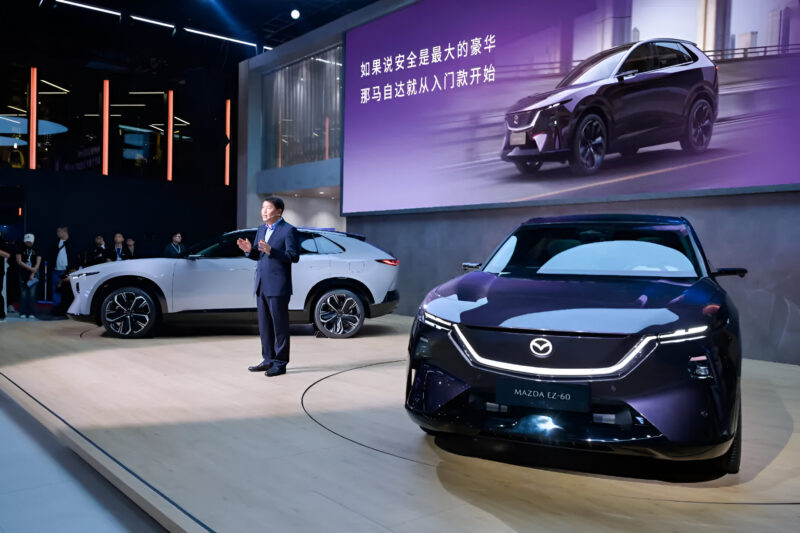
The EZ-60 SUV incorporates aerodynamic design elements that reduce air resistance. It also has a large dashboard display and voice control system. The vehicle includes a heads-up display that can be an entertainment screen when parked.
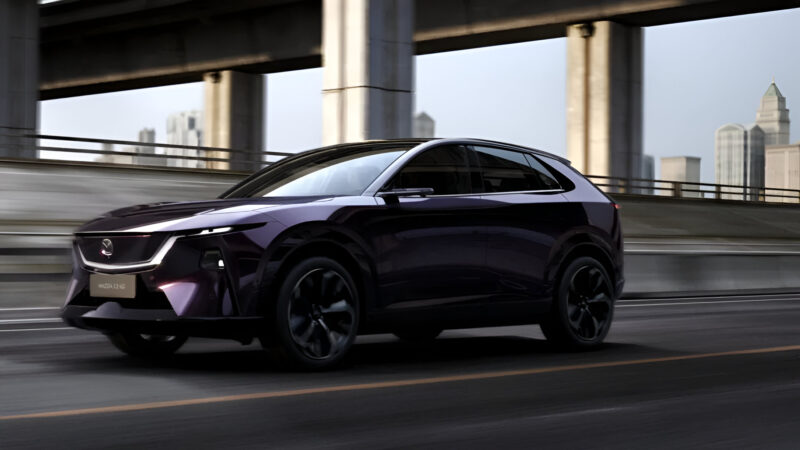
Mazda’s strategy uses Chinese manufacturing and supply chain advantages while maintaining its vehicle design standards. As part of its expansion in China’s growing electric vehicle market, the company plans to introduce two additional electric models by 2027.
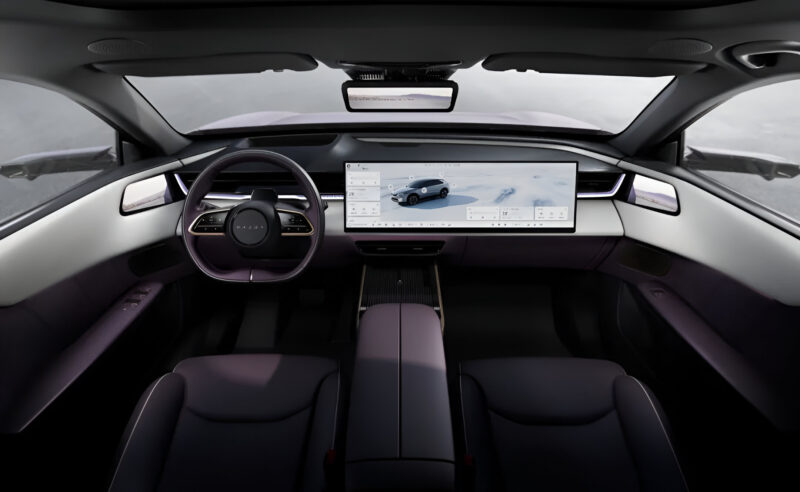
Mazda faces challenges in China’s competitive automotive market, where domestic brands offer lower prices and newer electric vehicle companies focus on advanced technology. The company combines its manufacturing expertise with China’s electric vehicle production capabilities to develop models for both Chinese and international markets.
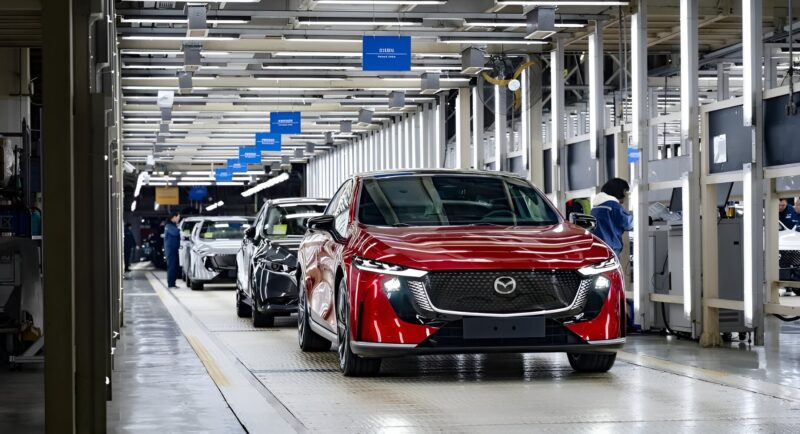
The frequent visits by Mazda executives and increased investment demonstrate the company’s efforts to establish a stronger position in China’s electric vehicle sector, which has become increasingly important for global automakers.




